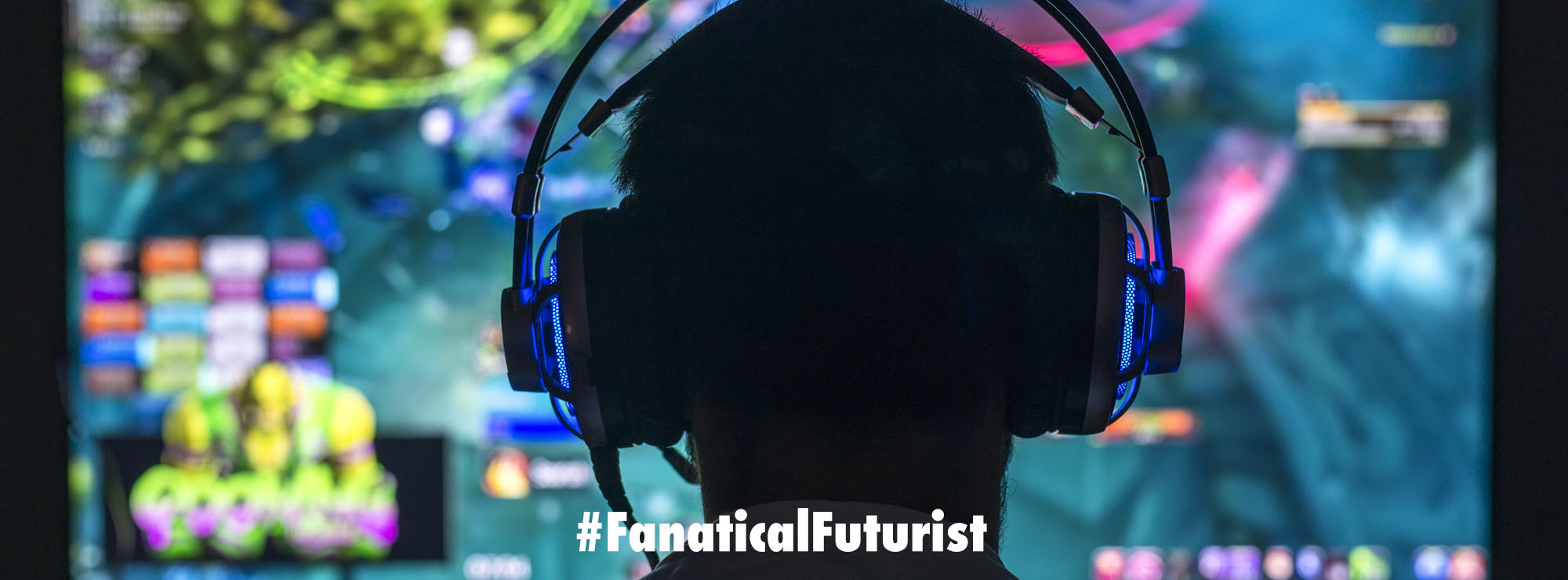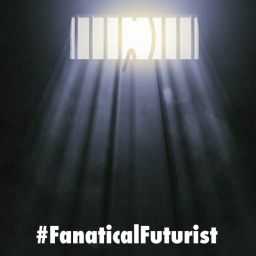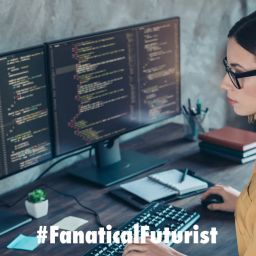
WHY THIS MATTERS IN BRIEF
Trying to emulate human skills and talents isn’t easy – even for humans – but increasingly AI is muscling in on what we once considered to be unique human traits.
Artificial intelligence (AI) is increasing parking its caravan on humanity’s lawn. Traits that we once considered as uniquely human are now increasingly being found in new AI systems, and creativy is one of them. Now, hot on the heels of Google’s first attempt to create a musical AI, named Magenta, that can make it in the American billboard charts now, another AI, called DeepBach appears to have imitated Bach, the genius himself, so well that most people can’t tell the difference. And if you don’t believe me then why not try it for yourself and see if you fall into the fooled bucket. Boom! I guess you fell in. Join the club.
DeepBach is a deep learning program created by Gaetan Hadjeres and François Pachet of the Sony Computer Science Laboratories in Paris, and while the team have been busy in the past, trying to emulate pop songs, it now looks like their FlowMachines product has conquered Bach, and its success says a lot about AI’s current capabilities – not just for “creativity” but also for it’s ability to create and manage waveforms so that they sound natural – something that even Google’s stunning DeepMind platform has struggled with.
Deep learning relies on sifting through large amounts of structured data to identify and synthesise waveforms, and when it comes to applying these methods to music, Bach seems to be a perfect fit. Not only was he incredibly prolific, but his music is consistently structured, following various patterns and formal intricacies that defined Baroque music.
For DeepBach, Hadjeres and Pachet concentrated on Bach’s chorales, the pieces of music that set traditional hymns to stately, four part vocal melodies – Bach wrote 389 of these in his lifetime, giving DeepBach plenty of material to study, and each chorale has recurring patterns.
However, while DeepBach is indeed an accomplishment it’s not clear just how many of the melodies in the test at the top of the page were solely the work of AI. One of the key features of DeepBach is that it can, in AI parlance, be “constrained,” in other words its developers can help to direct the music it creates by imposing certain melodies, bass lines, rhythms, and cadences. Similarly, the music that DeepBach creates is limited to only a single key and time signature, accommodations made to make analysis of the source material simpler.
But even accounting for these limitations, DeepBach is a serious tool, and it’s an early footnote in our journey towards realising true AI creativity.















